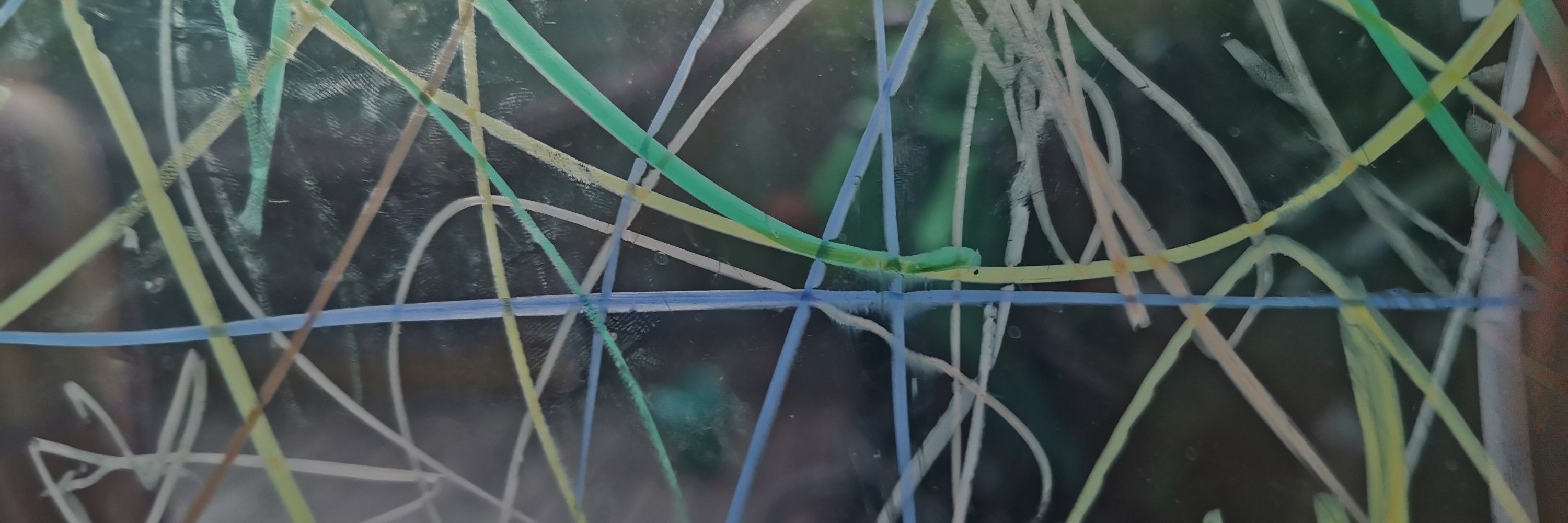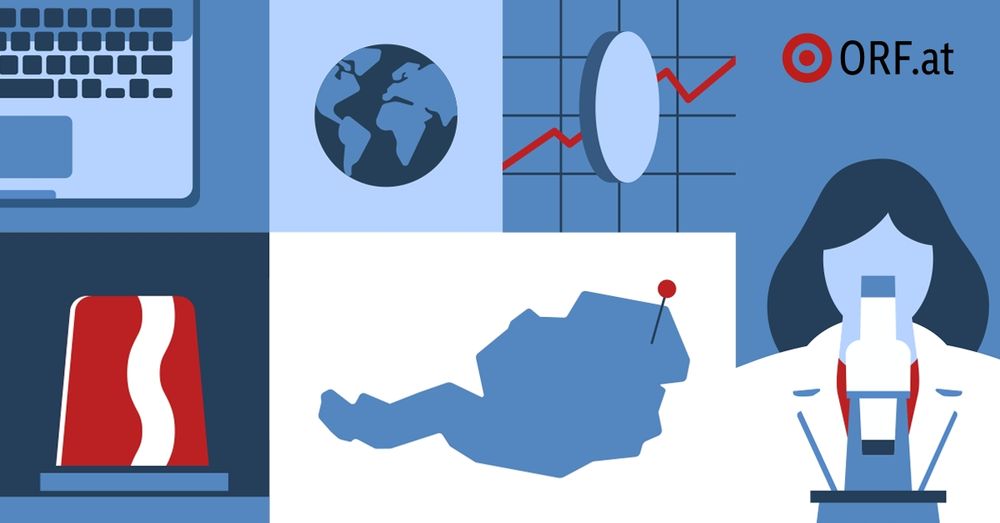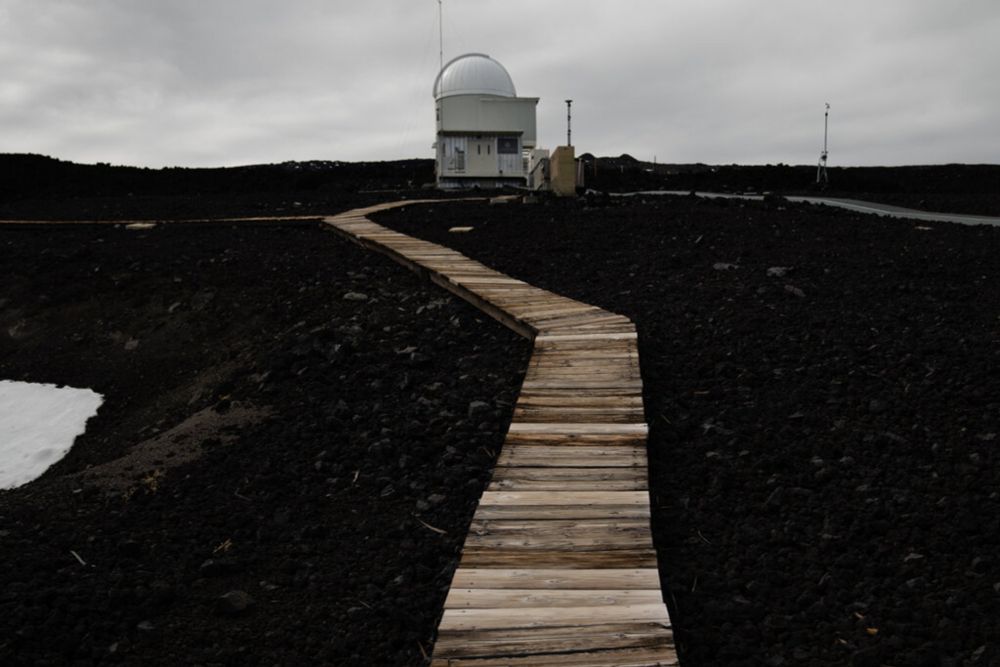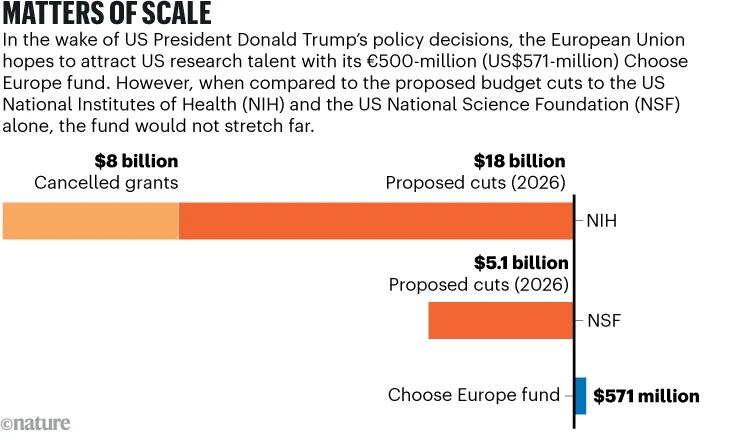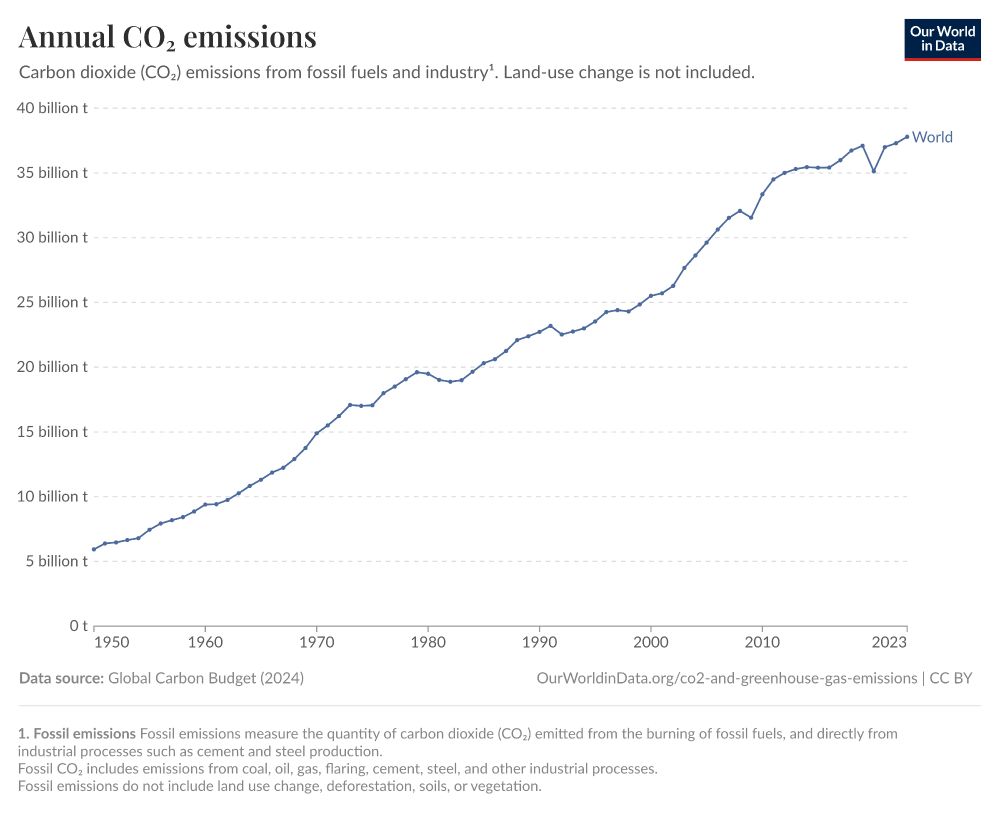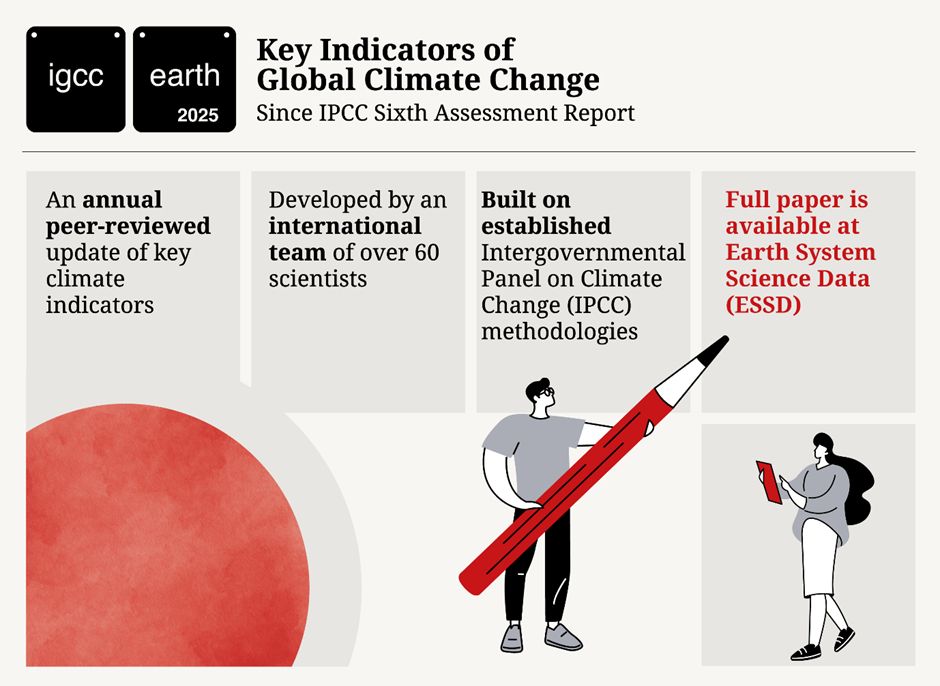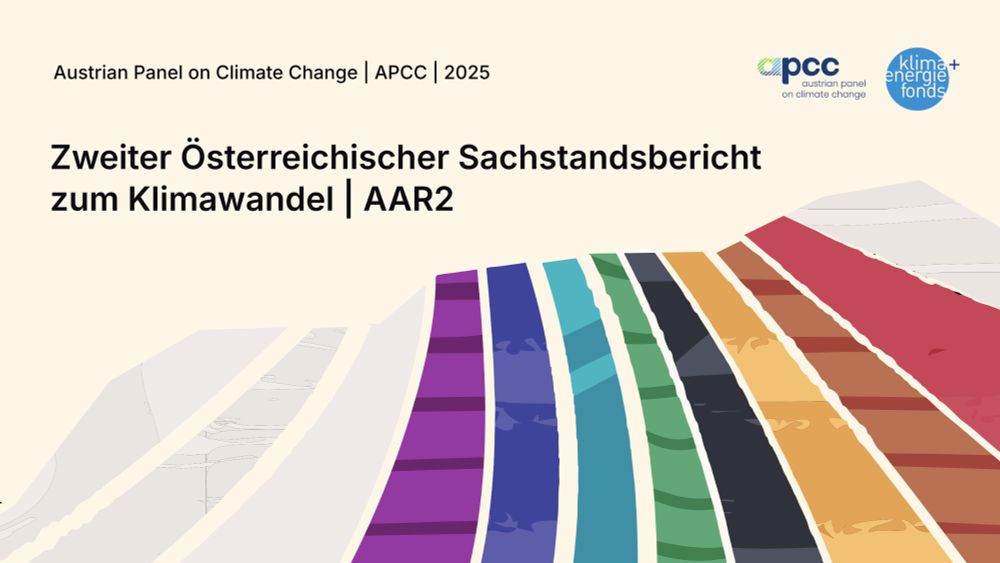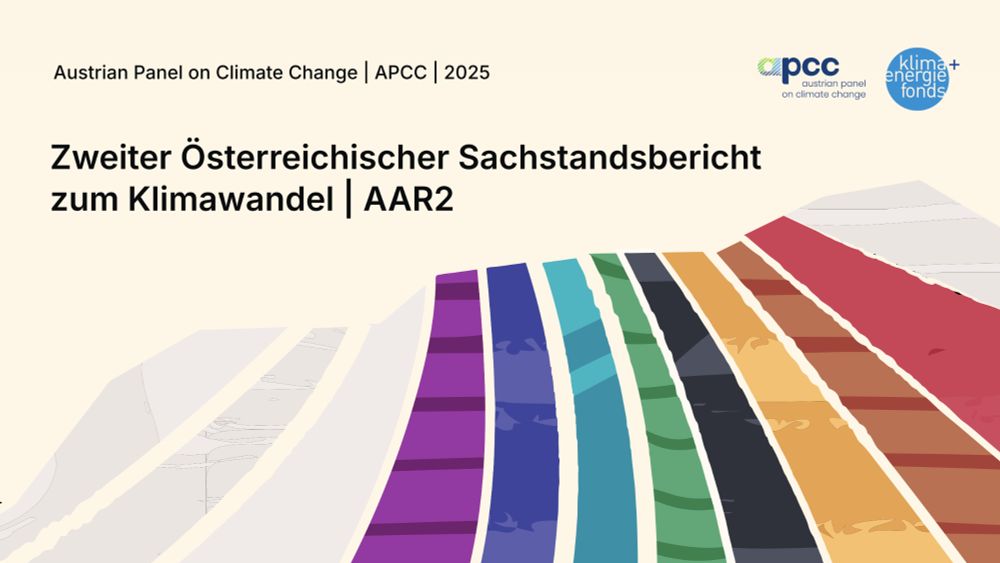Mathias Kirchner
@mathiaskirchner.bsky.social
380 followers
470 following
25 posts
modeler of sorts (now: SD & SDGs, past: macroeconomic & CC mitigation, land use & CC); using bluesky mainly for the science bubble; senior scientist @BOKUVienna
Posts
Media
Videos
Starter Packs
Reposted by Mathias Kirchner
Reposted by Mathias Kirchner
Reposted by Mathias Kirchner
Reposted by Mathias Kirchner
Reposted by Mathias Kirchner
Reposted by Mathias Kirchner
Reposted by Mathias Kirchner
Christian Odendahl
@codendahl.bsky.social
· Jun 27
Reposted by Mathias Kirchner
Reposted by Mathias Kirchner
Reposted by Mathias Kirchner
Reposted by Mathias Kirchner
Richard Waite
@waiterich.bsky.social
· Jun 21
Reposted by Mathias Kirchner
Reposted by Mathias Kirchner
Reposted by Mathias Kirchner
Teresa Wirth
@diewirthin.bsky.social
· Jun 17
Teresa Wirth
@diewirthin.bsky.social
· Jun 17

Plus 3,1 Grad: Klimawandel trifft Österreich hart
Österreich hat sich bereits um 3,1 Grad erwärmt, mit dramatischen Folgen für Bevölkerung und Wirtschaft, legen Österreichs Klimaforscher in einem umfassenden Bericht dar. Die Politik habe aber...
www.diepresse.com
Reposted by Mathias Kirchner
Reposted by Mathias Kirchner
Reposted by Mathias Kirchner
Reposted by Mathias Kirchner
